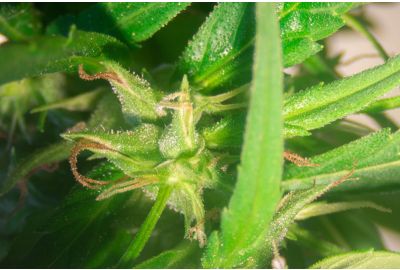Exploring the Anatomy of Cannabis Calyx: The Heart of the Buds
Can you identify a calyx in weed? Are you aware of its significance for your marijuana consumption adventures?
Cannabis calyxes enable the development of the buds we know and love while overshadowed by the leaves, branches, and trichomes. They’re the central reproductive structure of cannabis plants, holding the flower in one neat package.
Beyond letting us smoke delicious weed, calyxes speak volumes about plant sex, health, and development stage. Learning about them helps us bypass common cultivation pitfalls and get large, sticky harvests.
Today, I’m here with a complete guide on calyxes on weed plants. We discuss what they are, what information they communicate, and the calyx-to-leaf ratio as a metric of prolific strains. I’ll also mention some conditions you might encounter and share my favorite calyx-rich cultivars.
What is the calyx, and what does it look like?
How fashinating and valuable it is to discover the plant anatomy! Understanding of calyxes will help you deepen your knowledge. You'll know what calyxes are, what they look like, how they are forming, and what functions they have.
What is a weed calyx? It is the base parts of the buds, forming early in the blooming stage. It looks like a collection of tiny leaves called "sepals" forming where the bud meets a stem.
Sepals are slightly elongated triangular in shape and arranged in a spiral around the flower. The calyx "envelops" the forming bud and protect it during the pre-flowering stage which is the most critical phase. So the main function of the calux is to protect the reproductive organs (pistils) and offers the cannabis flower a stable base to develop.
The name "calyx" comes from Latin, drawing from the Ancient Greek word for the “case of a bud/husk.”
Besides forming the cannabis flower, calyx houses the pistils and trichomes necessary for plant growth and ripening.
Pistils are reproductive organs emerging from calyxes. They have white hairs called stigmas, designed to capture pollen. They also contain the ovaries responsible for making new seeds.
When the cannabis plant gets pollinated, it is calyx that is responsible for seeds development. If the plant remains unfertilized, the pistils turn yellow, orange, and brown with age.
The trichomes are resin glands that generate and store cannabinoids, terpenes, and flavonoids. They emerge on and around bud sites but remain the most abundant on the calyxes.
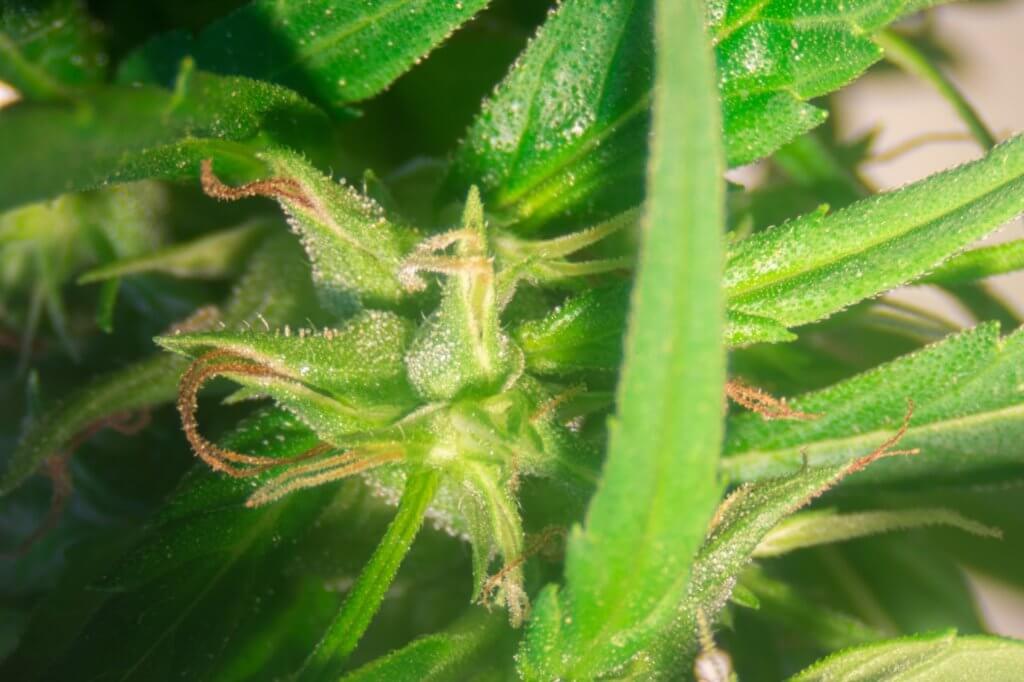
What insights can a calyx provide to a grower?
Investigating the calyx and its parts can aid your growing journey. Notably, it is closely connected with the plant health, sex, and ripeness.
The cannabis pistils are a grower’s best friend for determining the sex of their plants. They let you spot rogue males early, reducing pollination risk and seeds in your buds.
The early signs of a male plant include round pollen sacs at the nodes. They dangle down and eventually burst open to pollinate their neighbors. In female plants, the calyx grows and opens to expose the pistils.
Expert tip: Males may have smaller calyxes than females.
As flowering progresses, you can inspect weed calyxes to check plant health. Unhealthy and malformed calyxes indicate nutrient deficiencies, pest infestations, or environmental stressors. Use this information to diagnose and address the issue, and don’t let it hinder the harvest size.
The stigmas on the pistils also help you identify when the plant is harvest-ready. They start as white, turning yellowish after 4–5 weeks. You see orange hairs at maturity, telling you the buds are at peak potency. As this happens, the calyx becomes larger.
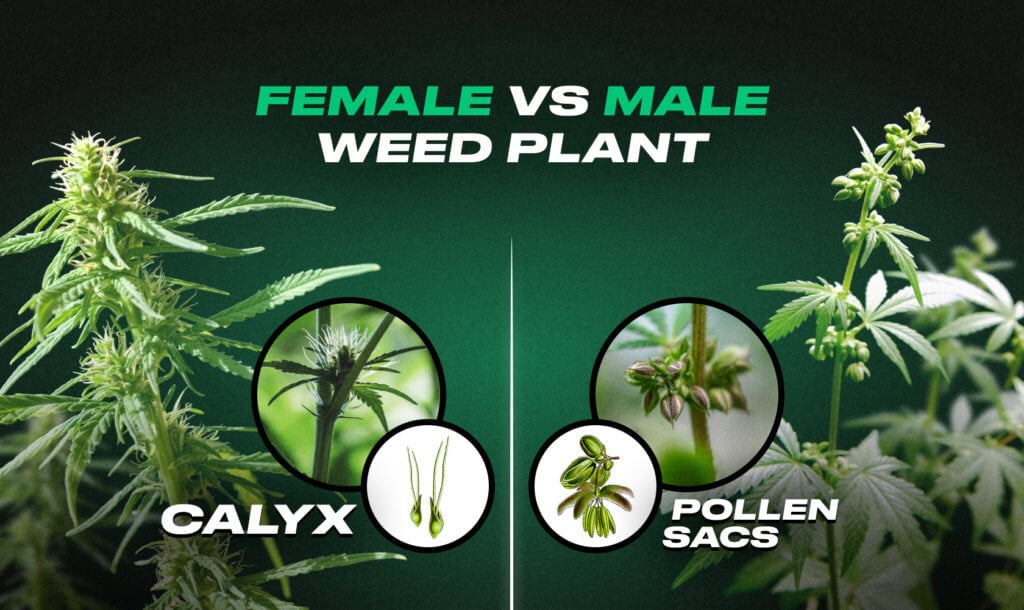
The Calyx-to-leaf ratio and why is it important
Calyxes, fan leaves, sugar leaves, sepals, branches, and trichomes - they are all important but the fewer leaves in your buds the more weed you’ll have and the less trimming you’ll need. That's why calyx-to-leaf ratio is crucial. Let's get deeper.
As cannabis plants bloom, various structures cover their branches. A weed calyx, consisted of small sepals, protects a vulnurable bud and provide a flower with a stable base to develop.
Large weed leaves grow between the budding areas, collecting light and converting it into energy. Smaller sugar leaves surround the bud sites, protecting the flower and gathering trichomes.
On harvest day, you snap the branches from the stem, remove the fan leaves, and trim the small foliage around the buds. This approach lets each flower dry and cure well, producing smooth smoke with high potency.
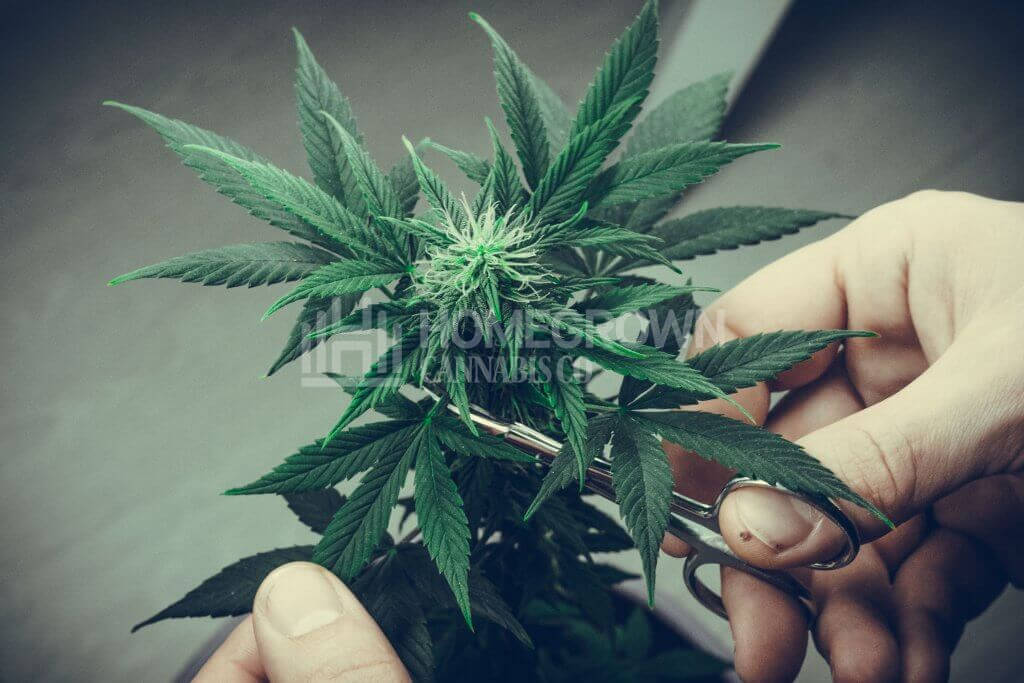
Fan leaves are easy to remove, but the sugar ones can be a hassle. That’s why the ratio of leaves and calyxes in weed matters. So what does this ratio mean and why it is crucial?
The "calyx-to-leaf ratio" refers to the relative proportion of calyxes to sugar leaves on a marijuana plant. If it’s high, the plant has plenty of buds compared to its foliage; if it’s low, the crop is bushy and contains scant flower sites.
This figure depends on plant genetics, the growing environment, and your pruning and training practices. Cultivators consider a high "calyx-to-leaf ratio" desirable because it suggests large harvests and less trimming trouble.
Expert tip: The sugar leaves have value. Since they contain trichomes, you can use them to make edibles, concentrates, tinctures, topicals, and even hashish.
Commercial strains with the highest calyx-to-leaf ratio
How many and what size of calyxes your marijuana will have partly depend on genetics. Modern strains get selectively bred for desirable growth traits, including a high calyx-to-leaf ratio. Today, you might buy and grow cultivars, such as Master Kush or Fire OG, that require minimal trimming due to a high calyx-to-leaf ratio.
Here are five of my favorites:
- Fire OG feminized is an indica-dominant strain with 23% THC and a pine-and-diesel scent. It’s intensely couch-locking and best suited for nighttime use. The calyxes get swollen and trichome-coated by harvest time.
- CBD White Widow feminized is a mellow indica hybrid with 5.5% THC and 5.5% CBD. It’s sweet, sour, floral, and wellness-boosting. Its buds are round, frosty, and abundant among scant sugar leaves.
- Big Bud feminized is a branch-bending indica with 18% THC and sweet-and-spicy aromas. Several puffs uplift your mind while tranquilizing your body. True to its name, this cultivar has large flowers with a thick trichome glaze.
- Master Kush feminized is an indica relaxer with 24% THC and a piquant bouquet. It’s ideal for unwinding in the evening, leaving you cozy and smiling. The entire plant gets dense with flower sites by harvest time, and the presence of leaves is minimal.
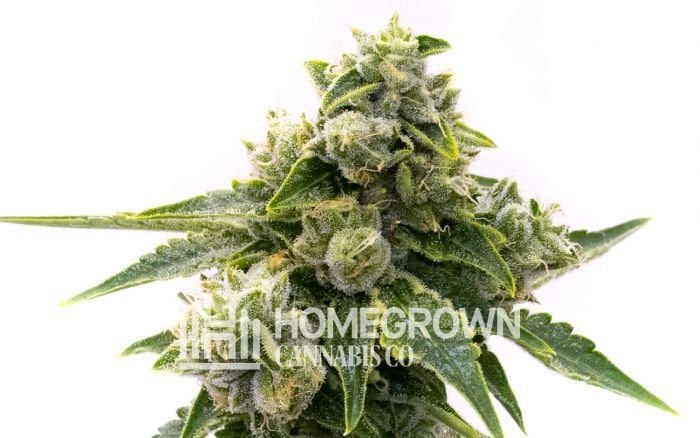
- OG Kush feminized is a classic in the cannabis community. It has 23% THC, a woody, citrusy scent, and quintessential indica effects. Smoke it to unwind, giggle, and work up your appetite. Its large, thick buds protrude from the branches and stick to your fingers.
Genetics is the setting stone of cultivation success, but not the only variable that lets you get dense nugs. Regularly prune the plants, supply them with ample light, and feed them well for the best results.
What is a swollen calyx?
The best time to harvest is when the cannabis calyx swells. Identifying this phenomenon can be tricky, though, especially since it may resemble pollen sacs on hermaphrodites.
Swollen calyxes on healthy plants are a sign of peak maturity. They look thick and solid, with tufts sprouting from their tips. The flower is often crystalline.
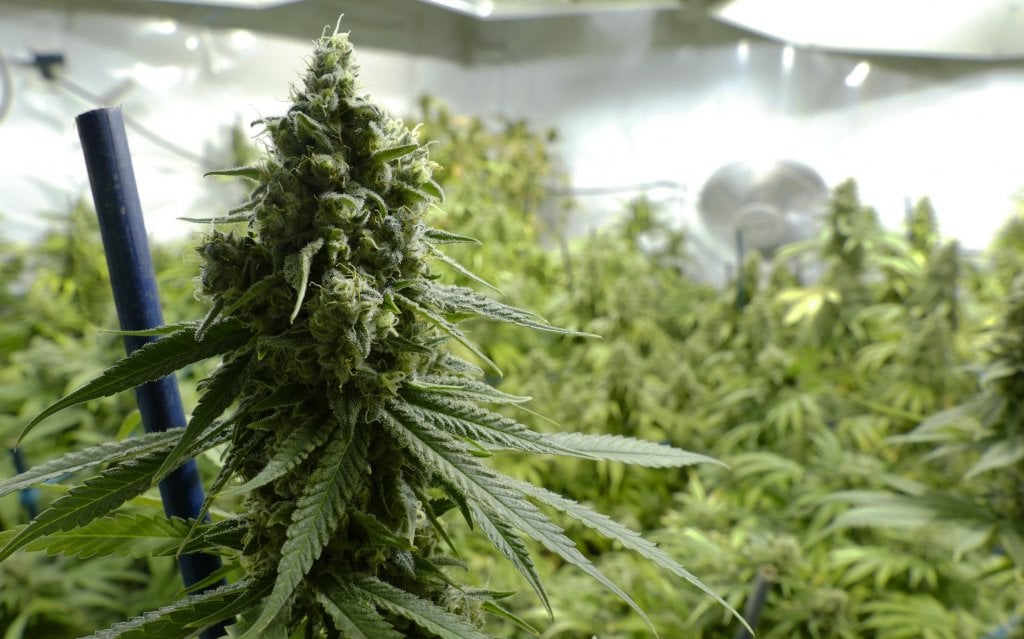
Hermaphrodites, on the other hand, occur when a cannabis plant develops male and female reproductive organs. The primary signs of a hermie include stress deficiency or nutrient burn symptoms and the emergence of male pollen sacs.
How do you tell these two situations apart? Here are several key indicators:
- Location: Calyxes sit on the nodes, surrounded by pistils that indicate female flowers. Hermaphrodite pollen sacs are usually on separate branches.
- Size and structure: A swollen calyx is round and bulbous, making the buds look fluffy. Pollen sacs are clusters of small balls with no surrounding sugar leaves.
- Contents: Small hairs protrude from the calyxes, while pollen sacs don’t have any pistils.
- Timing of emergence: Calyxes appear in early flowering and swell with time. Pollen sacs appear later in the life cycle when plants experience excessive stress.
Taking calyx development pictures helps you differentiate between these situations. When they gradually swell, you’re in the clear. If random balls suddenly appear on previously empty nodes, quarantine the hermie away from your garden to avoid pollination.
Calyxes: Invaluable to growers and tokers
The weed calyx is a vital part of the plant. It’s a protective structure that enables reproduction, bud production, and the development of those sticky, resin-rich buds. Understanding what it is turns you into a more efficient grower.
Learning about calyxes empowers you to make informed decisions in your garden. From training techniques to bud development and plant care, it helps you pick the best approach for any situation.
If you’d like to explore strains with supreme calyx-to-leaf ratios, visit our store and buy weed seeds. Our cultivars have top-tier genetics and set you up for cultivation success.
